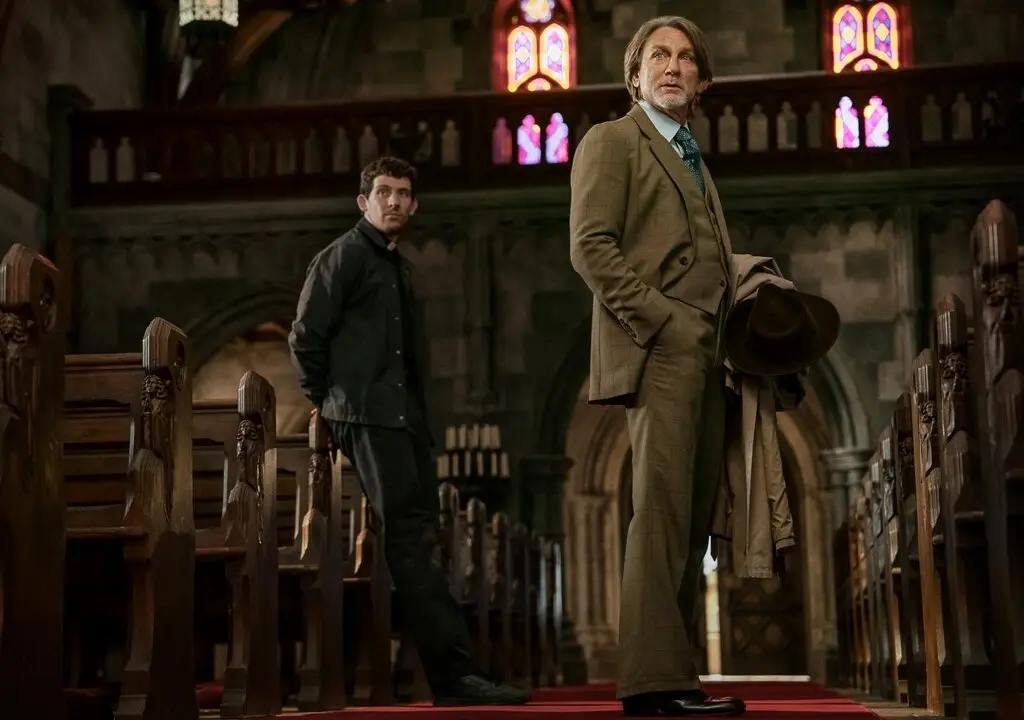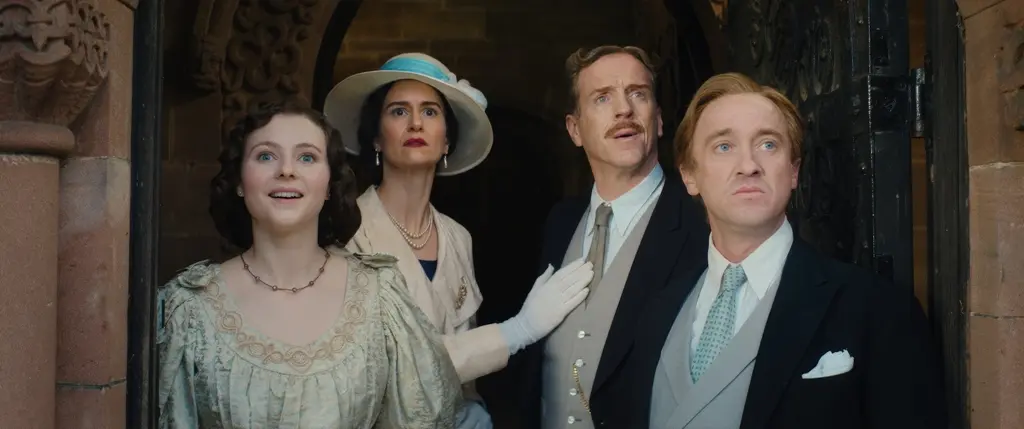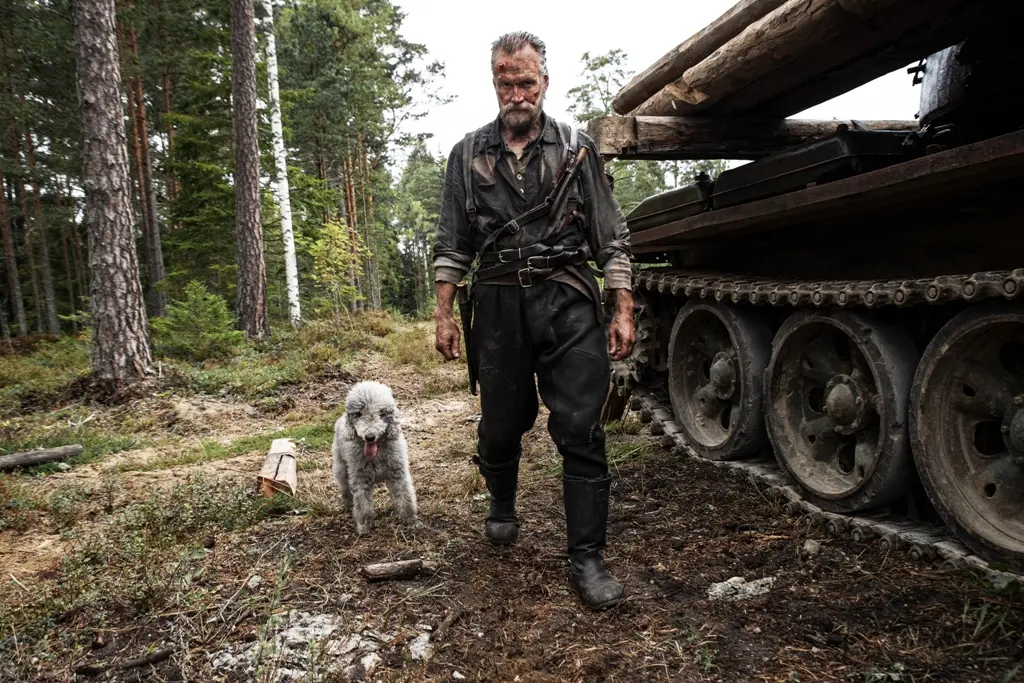Starting in the 1950s, the “Anthology” concept never really caught on with TV audiences, which had already become conditioned to the now-accepted episodic format where the same performers play the same characters each season until the premise and level of interest runs its course.
Right out of the gate, anthologies faced the challenge of not only changing performers and characters every season, but also themes and entire concepts often within the same episode. It was a programming challenge most audiences (meaning 50 percent +1) weren’t willing to sustain.






